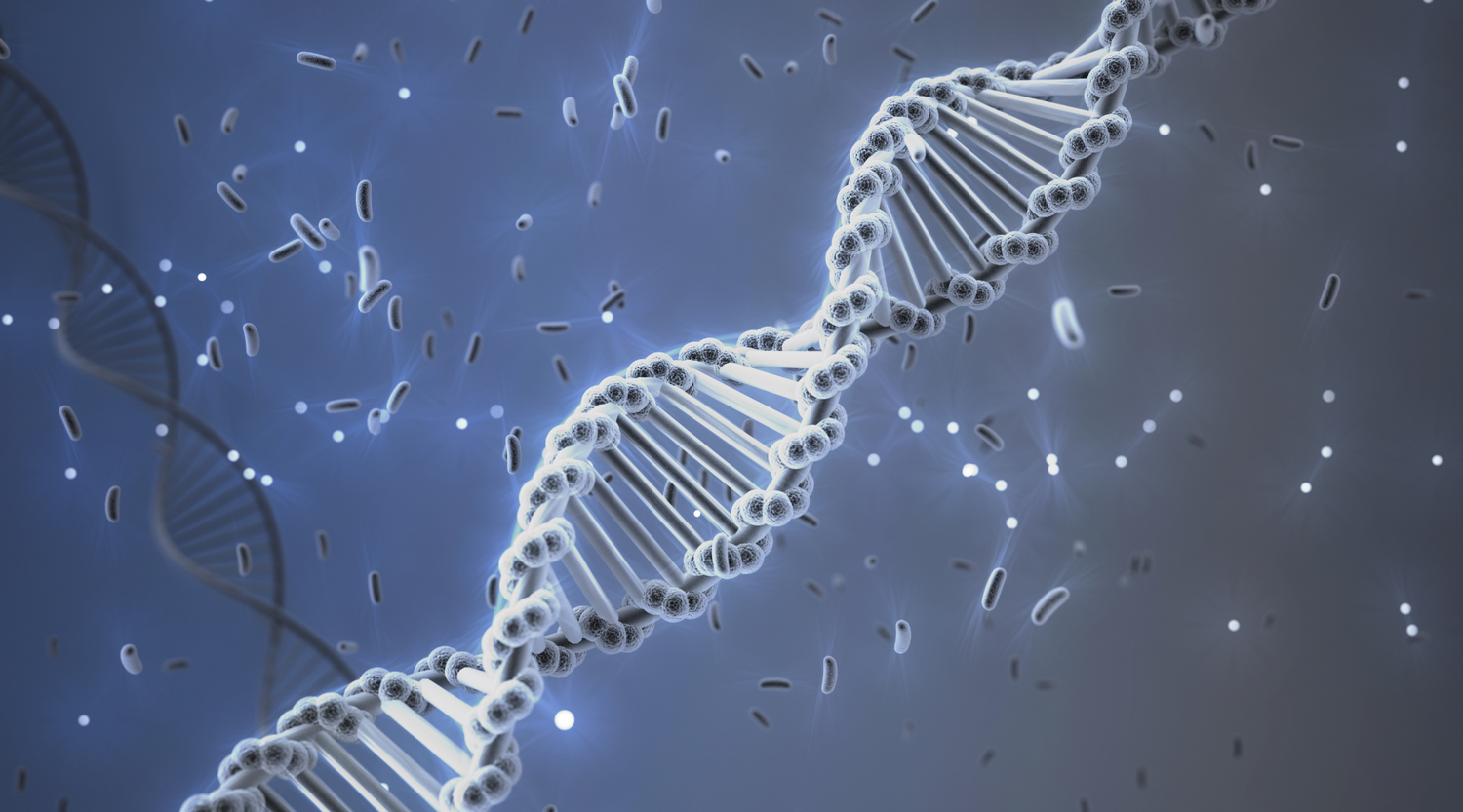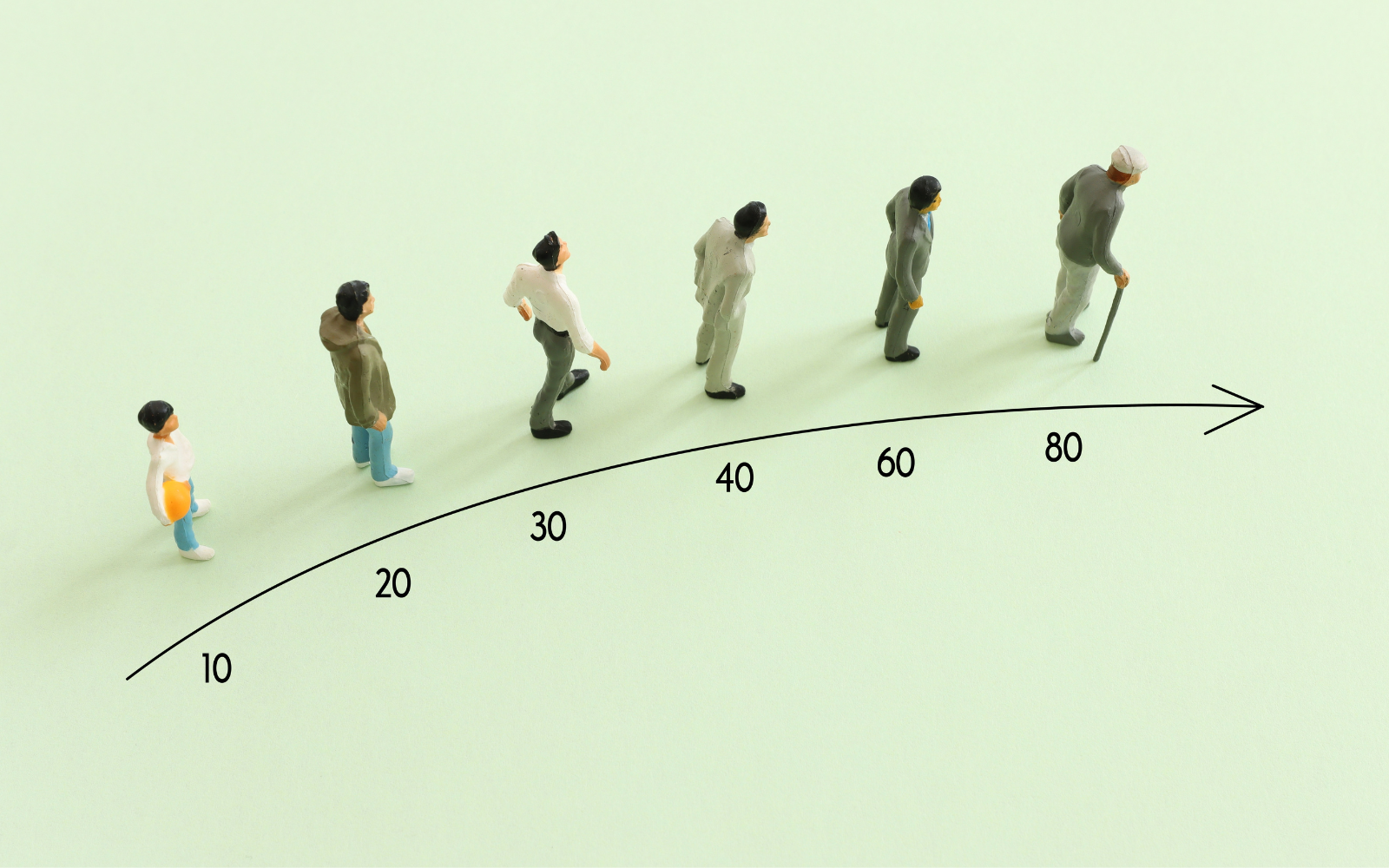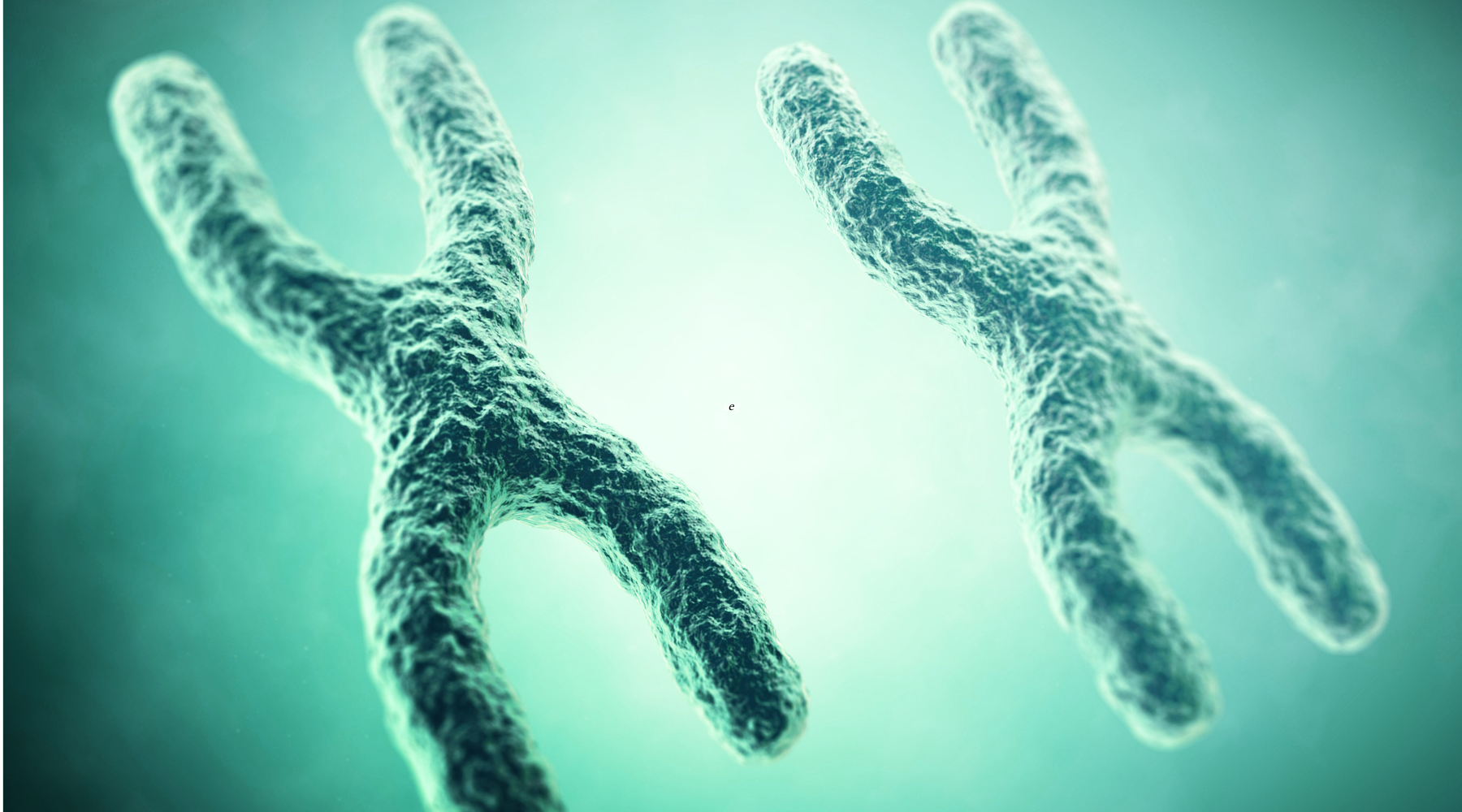Time to shine a spotlight on the first hallmark of aging, genomic instability or genomic damage.
The Hallmarks of Aging Criteria
You’ll remember from the first post, The Hallmarks of Aging, that to be a hallmark, it must fulfill three criteria.
- It happens during normal aging.
- Increase of the hallmark accelerates normal aging
- Reduction of the hallmark slows normal aging.
Genomic Instability Definition
To the first criteria, that it accumulates during normal aging, we can say, check! There is extensive evidence that genomic damage accompanies aging. Further, DNA damage has been observed in age-associated diseases such as dementia, cardiovascular disease, and cancer. This suggests that genome instability could be a causal factor in these pathologies. The other two require a bit of explaining so it’s worthwhile to review some key vocabulary. It gets complex, but hang on! You’ll be rewarded with knowing the role of DNA damage in skin aging.)
Spoiler alert: All criteria are fulfilled.
What is a Genome?
An organism’s complete set of DNA is called its genome. In the human body, nearly every cell has a copy of 3 billion base pairs that make up the human genome. Each cell then has the instructions to rebuild the human body.
What is a Gene?
A gene is a unit or subsection of DNA that codes a specific protein or set of proteins. On average, a human gene will have one to three base pairs that differ from person to person. These differences are enough to change the shape and function of a protein, how much, when, or where a protein is made. These variations mean differences in things you can see, like hair and eye color, but also things you can’t like your risk of developing diseases and how you respond to medications. This is also why modifications to your DNA, even the changing of a base pair, can have wide-reaching repercussions.
Want to know more about DNA? Follow this link.
How is DNA Damaged?
According to a paper published in 2009 by Hoeijmakers, the integrity and stability of DNA is under constant threat from external agents—physical, chemical, and biological agents—and by internal threats like DNA replication errors, spontaneous reactions with water molecules, and reactive oxygen species (ROS). DNA alterations may affect essential genes and the pathways needed to “read” and “use” DNA resulting in dysfunctional cells. If these dysfunctional cells are not eliminated they may jeopardize tissue and organismal homeostasis (think disease).
Integrity and Stability of DNA
Integrity means the absence of breaks in the strands and modifications of bases (even at a single nucleotide level); translated this means that the DNA remains intact and unchanged. Stability means how vulnerable it is to change; many factors impact stability including makeup of the strand itself (C-G pairings are more stable) and environmental factors like temperature.
DNA Repair Mechanisms
Although the lesions, or damages that can arise, are highly diverse, fear not! The cell is not without mechanisms to repair the DNA. There are three tiers of defense:
- Regulation of toxic molecules: The cell has a variety of mechanisms to reduce the production of or eliminate damaging endogenous molecules before damage occurs.
- DNA repair: The cell also can repair damage to DNA once it occurs.
- Post-repair defense: Cells that have accumulated too much DNA damage are “eliminated” by apoptosis or senescence to keep them from damaging other cells or entire tissues.
To sum up, genomic instability, caused by DNA damage, increases with age. Congratulations! You’ve now got the first set of points under your belt.
The Second Criteria:
The second criteria is that if something is experimentally accelerated, then aging will increase. There’s lots of evidence in animal models and many are due to the failure of DNA repair mechanisms. But, in humans, it would be unethical to introduce such defects on purpose. Instead, scientists have to look at defects that occur naturally.
In their Review paper on the Aging Genome, Petr et al suggest that one of the most compelling arguments that DNA damage causes aging (scientists are very careful about using “cause,” Petr et al use “evidence for a causal role”), is that patients with inherited defects in DNA repair proteins age prematurely or in an accelerated manner. Further, if the defects occur in different pathways, they lead to aging in different tissues. For example, people with Cockayne syndrome, caused by changes in ERCC6 and ERCC8 genes, have symptoms of neurological aging. Patients with Werner syndrome, caused by a change in the WRN gene, have symptoms of cardiovascular aging. There are more than 50 known DNA repair protein disorders, but there are a variety of symptoms (as shown by Cockayne and Werner syndromes) and no single defect individually mimics aging (whole body aging). Check!
The Third Criteria:
The third criteria, the most difficult to fulfill, is that if the hallmark is experimentally stopped or reduced, then aging will decrease. For their landmark Hallmarks of Aging paper, they had only one experimental example: In a 2013 study by Baker et al, transgenic mice overexpressing Bubr1, a cell cycle checkpoint component that ensures accurate segregation of chromosomes, exhibited both increased protection against aneuploidy (abnormal number of chromosomes) and cancer and extended healthspan. Check!
DNA damage and skin
Perhaps easiest to see is the consequences of DNA damage with age in sun-exposed skin. We all have seen the results of too much sun worship. UV light, which accompanies sunshine, is the most prevalent human carcinogen. It is known to directly damage DNA by inducing two main mutagenic lesions in the DNA – cyclobutane pyrimidine dimers and 6–4 photoproducts (yes, that’s actually the name). Normally, these types of damage are repaired by nucleotide excision (cutting out the lesion). But if this pathway is damaged, a person will be sensitive to sunlight and can often develop accelerated skin aging. For people with xeroderma pigmentosum, who have defects in this repair pathway, in addition to sun sensitivity, they also have a 10,000-fold increased risk of cancer.
UV exposure can also damage DNA indirectly by forming oxidative stress, which among other downstream effects, can create oxidative DNA lesions. The most common oxidative DNA lesion is the mutagenic 8-oxoguanine, which is repaired through base excision (removing the damaged base). People with defects in this repair mechanism often develop neurodegeneration (more common with age).
The Takeaway
The takeaway here is that protecting the genome is of fundamental importance for healthy aging. Some DNA damage is preventable—think avoiding nuclear waste and wearing sunscreen—but certainly not all of it. And, there are still a lot of questions to be answered by scientists (keep going, scientists!). The more we understand about how to cope with DNA damage, the more we might understand the aging process and how deficient DNA maintenance manifests in age-related phenotypes. This knowledge may lead to the development of novel interventions promoting healthspan.
The Future
In their review, Petr state that few molecules (drugs) have been suggested to directly stimulate DNA repair—in fact, they only name three, aspirin among them. In their conclusion, however, they point to a number of treatments that should be diligently tested for their potential to treat or cure DNA disorders such as “rapamycin, dietary interventions, sirtuin-activating compounds, metformin, NAD precursors, and senolytics.” The last, senolytics, are drugs that selectively clear senescent or arrested cells, another hallmark of aging (stay tuned!). We’re excited about senolytics particularly because, among its manifold known anti-aging abilities, spermidine is also being actively explored as a senolytic.
Beyond the potential treatments listed above, there are a number of emerging therapies that may directly or indirectly lead to less DNA damage. Like Petr et al, we too are hopeful that the vast ongoing research will one day mean greater healthspan. And, we end our blog similarly: “the future is bright.”
Written by: Katsume Stoneham, BS, Molecular Biology, MA, Public Health




Leave a comment
All comments are moderated before being published.
This site is protected by hCaptcha and the hCaptcha Privacy Policy and Terms of Service apply.